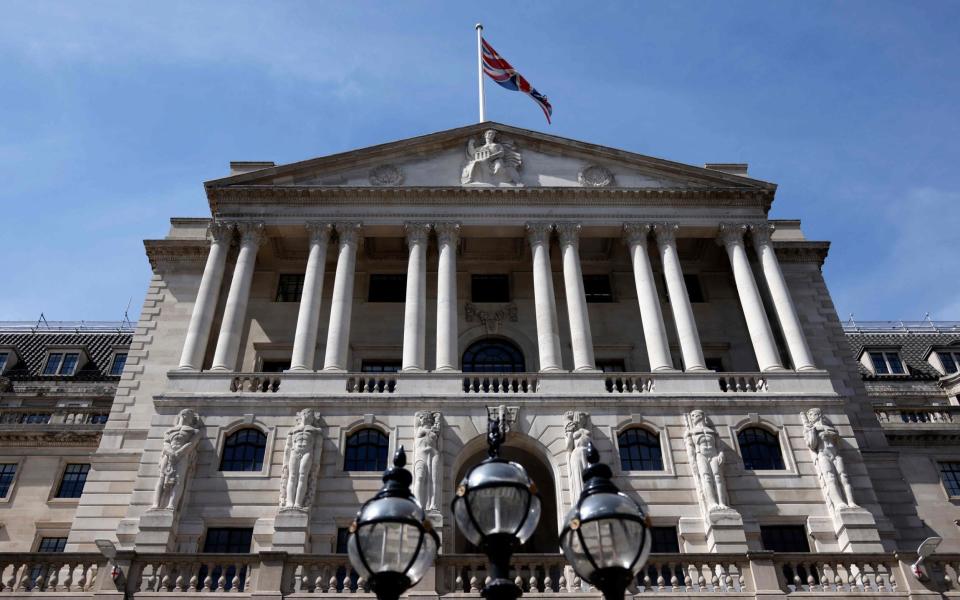Bank of England admits misleading the markets

The Bank of England misled markets over the pace of interest rate rises, its chief economist has admitted.
Huw Pill said the Monetary Policy Committee’s repeated commitments to “further tightening” indicated it would steadily increase the cost of borrowing in small, steady increments.
The language – which Mr Pill described as “a trap” – was used following meetings at the end of the last year and early this year.
“Not only did this give a false – and thus misleading – impression that Bank Rate was set to move mechanically and unconditionally upward over the coming months, but it also discouraged markets from pricing the macroeconomic risks to the interest rate outlook,” he said.
“That mispricing is ultimately costly for the efficiency of capital allocation.”
The MPC has not been as unerring in its shift towards tighter policy as the language suggested, however. Although it has voted to increase the Bank Rate by a quarter of a percentage point at each meeting since December, the committee has been repeatedly divided.
In its latest decision, announced last month, three members voted for a half-point increase but were defeated by six votes, including Mr Pill’s, for 0.25 percentage points of tightening.
Mr Pill said the pledge of further tightening “had come to outlive its usefulness”. The language was dropped at June’s meeting in favour of a reference to “any further increases in Bank Rate”, contingent upon changing conditions.
“In particular, the ‘further tightening’ language previously employed could not be maintained indefinitely, at least not without taking the (ultimately indefensible) view that the level of rates does not matter,” the chief economist said at a conference in London.
“More generally, such guidance is a trap: attractive at the outset but difficult to exit from gracefully.”
Markets are pricing in six further rate increases by December including a half-point rise in September, taking the Bank Rate to 2.75pc.
Mr Pill said the path ahead was unclear, warning: “Much remains to be resolved before we vote on our August policy decision”.
But the former Goldman Sachs economist added that further interest rate increases looked most likely.
“We are talking about rate increases, not rate decreases,” he said.
“At the same time, the reference to ‘any’ increases allows for the possibility of remaining on hold, which helps to capture the potential breadth of opinions on the Committee: after all, we have seen votes to keep Bank Rate unchanged in recent meetings.”

 Yahoo News
Yahoo News 